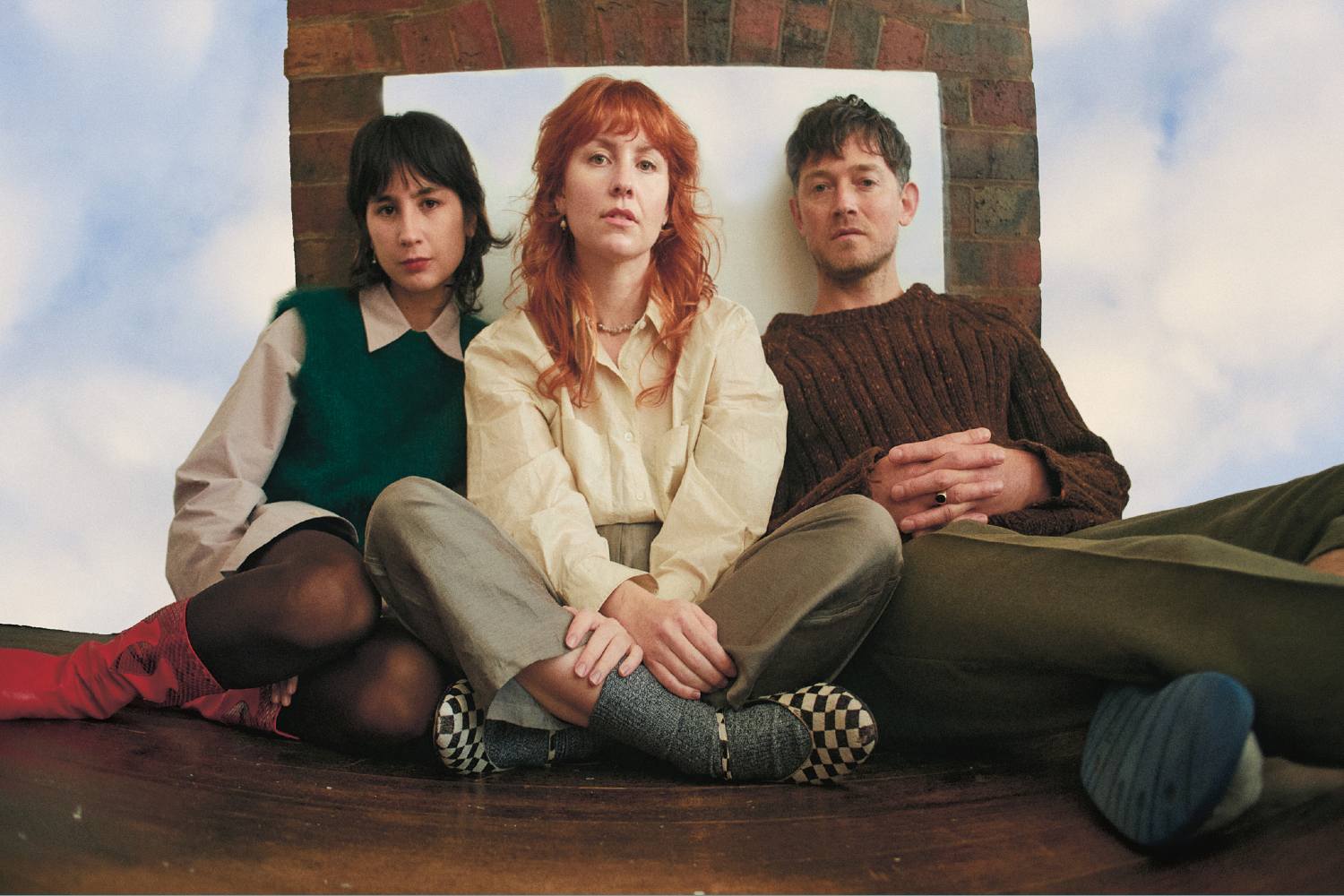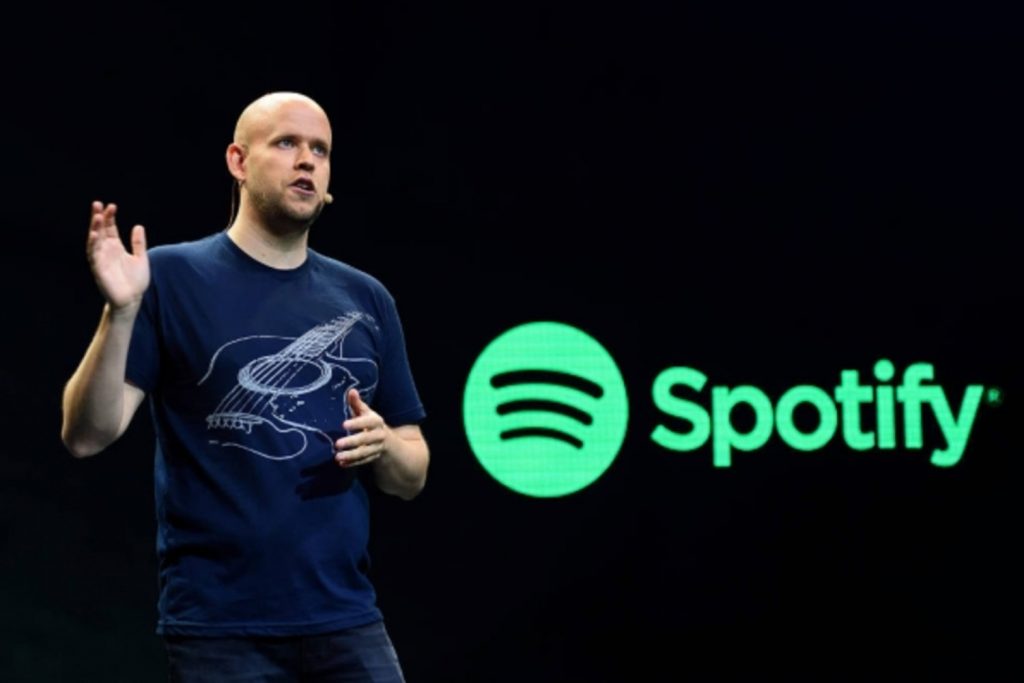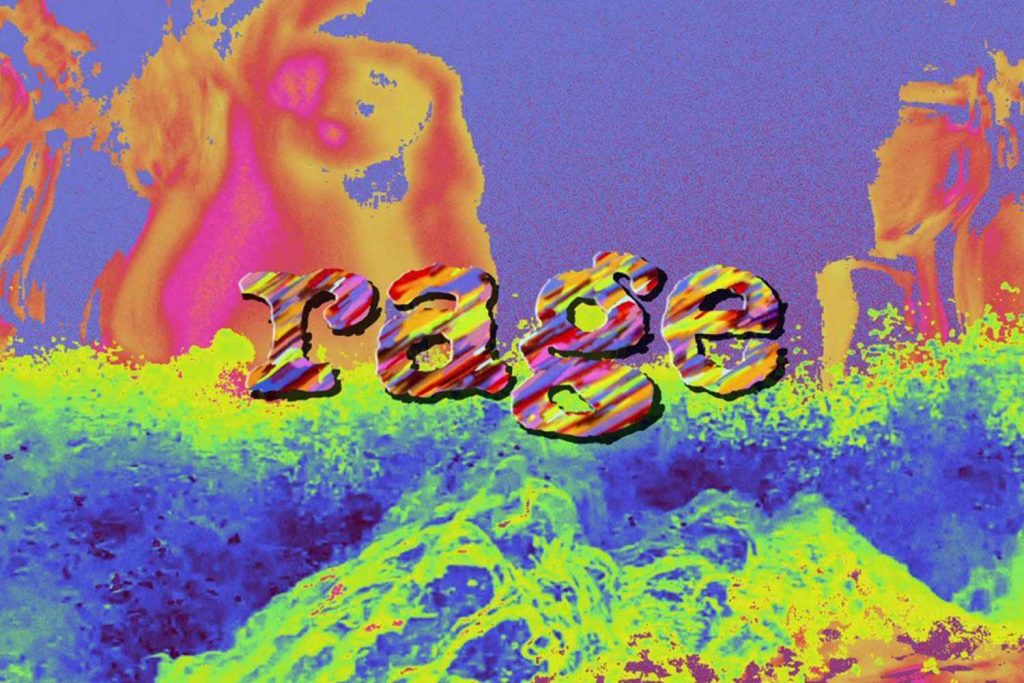Jade Imagine and bandmate/producer Tim Harvey sat down with Mixdown to chat creative process, workflow and their live rig must-haves.
On her sophomore album Cold Memory, released in 2022, Melbourne/Naarm indie mainstay Jade Imagine elevates and refines her sophisticated art rock sound into a body of work that is undoubtedly her best yet. Recorded and written over lockdown and across Perth/Melbourne in 2020/21, the album is richly subtle, intimate and introspective.
Jade’s feather-soft vocals, underscored by no-hair-out-of-line arrangements and a delightful combination of acoustic instrumentation and synthetic textures, would fall perfectly alongside the likes of Aldous Harding, Stereolab, Charlotte Gainsbourg and Broadcast on your staring broodingly out the window with a steamy cup of tea playlist (serving suggestion!)
Read up on all the latest interviews here.
Having recently announced their long-awaited launch show for Cold Memory at Melbourne/Naarm’s Brunswick Ballroom, with supports including BATTS and Juice Webster, Jade and bandmate/producer Tim Harvey sat down with Mixdown to chat creative process, ideal workflow and their live rig must-haves.
Hi Jade! I’d love to know if/how your live rig has evolved from your prior tours up to your most recent stints interstate performing your latest album – was there a conscious effort to expand the JI live sound this time around, or have you found your holy grail setup that you don’t like to mess with too much?
Hi! In terms of our gear, we’ve kept things pretty consistent over the years. We did downsize our synth at one point, as we used to take our prehistoric Juno on tour, which turned out to be a bad idea as we had to retire it eventually after some bad airline handling. We have added a few pedals to our setup but otherwise it’s remained pretty consistent.
One thing that has changed is that with the new songs we’ve been playing live, we’ve added some instrument effects to the SPD which we use in certain places. We were conscious of making our live show feel full and we wanted to have control in places over some effects, to be able to bring them through from the album. Songs like ‘Gonna Do Nothing’ and ‘Big Old House’ from our last album Basic Love started us down that path, but now we’re really leaning into it more for our live performances.
Another change we’ve made is that we’ve evolved from a two or three-piece in the studio to a four or five-piece on stage. Despite these changes, we try to keep our setup fairly simple. We don’t have a huge live rig or anything like that. I think overall we tend to avoid leaning on technology too much. Maybe that sounds a bit snooty, but I’ve had bad experiences with laptops freezing on stage during crucial moments in the past. So unless you can actually play it, like with guitars, drums, or synth, we try to avoid it. And in our case, the SPD is considered its own instrument and part of the drum kit… that doesn’t always rule out all the potential problems – strings will always break, etc.. but we at least try to minimise the risk.
Tell me about your songwriting process for the band – do you start in the box, on an instrument, or do something entirely different all together?
J – what’s in the box?
T- in the computer..
J- ohhhh… haha.
For the latest record Cold Memory, we had two main processes. One was me going away and working on some songs solo, some of which ended up making it onto the album without much intervention – songs like ‘Home’, ‘Lines’ and ‘Get Light’ were like that. The other process was writing together as a group, which involved us all being in the same place together and focusing on generating ideas – without judgement – as the first step.
A lot of the songs on the album like ‘I Guess We’ll Just Wait’ and ‘Cold Memory’, came out of this group process. I guess you could say there were subheadings under that as well, such as with those songs where I came up with a melodic idea that really reframed the song and forced it to move into a more specific direction, post-band jam.
But then there’s a song like ‘Instinct That I Wanna Know’, which exists in its own little world. Tim and I wrote that one in a day in Protools, which is an interesting example of ‘in the box’ songwriting I suppose. Tim was riding his bike over to mine and he had this chord progression in his mind that he managed to remember the whole way over. Once we got set up we figured out the chords before I came up with the melody and lyrics. It was a very conceptual songwriting day, and I remember we talked about what the song was about before we had any lyrical content written. It was very clear from the beginning.
Talk me through your workflow from demo to track completion. Is there a particular element of your demo-ing setup that goes the extra mile? Do you begin in the bedroom or head straight to the studio?
When it comes to demoing, we really try to capture the essence of the song and learn as much about it as we can early on so that we can set up the recorded session to work best. The demoing process is kind of like laying the blueprint for the final song product. We aim to get the personality of the song into the demo and then later refine it in the studio. Tim, being a producer, helps with guiding this process. Instead of just working from my messy random voice memos, we try to put the song into ProTools to give it structure and be able to easily and quickly add more detail.
For this album, we tracked it in multiple studios, but regardless of the location, we maintained the same workflow – based on the demos. We were able to add to the demo and replace parts with better versions while retaining the vibe of the song.
Tim’s workflow is really geared towards inclusivity, meaning we can use as much or as little of a phone demo as we want in the final product. We always have an eye on the end product as soon as possible, but we’re not afraid to turn that on its head and go in a completely different direction, as we did with ‘Back and Forth’, which started as a loud electric guitar- focused song but ended up as a Nick Drake-inspired folk-ish tune with acoustic guitars.
Which pieces of equipment are integral when it comes to translating Jade Imagine’s essence from a recorded to a live context? Are you trying to replicate your studio sound when you perform, or do you prefer to let the songs breathe and find their own live groove?
I think the combination of Tim’s guitar and my guitar is pretty integral, but for us, it’s a bit of a mixed bag when it comes to deciding how to approach performing our songs live. Some of them we just stick to the basics for the live version and let it be, while others we try to make it sound like the recording because we really love that version and want to replicate it as closely as possible. It is on my mind a lot when recording to make the songs feel as live as possible during the recording process, which I guess mitigates any ‘translating to live’ problems…but it definitely depends on what the song needs to be.
Because we use the same instruments for both recording and live shows, we don’t have much trouble translating the sounds from one to the other. Tim’s guitar was mostly DI’d straight into a tape echo on the record, while my guitar was always amped and mic’d, so we have a general ballpark for where we like our instruments to sit in the mix…
That said, we’re not overly concerned with making the live show a carbon copy of the album – songs like Grow Taller have had various iterations, from a drum machine version to a full band vibe. We recognise that we have limitations when it comes to playing the songs live, so we try to highlight the strongest parts and most important hooks of each song, really lean into the parts of the song that make it fun to play!
Are there any pieces of gear you’ve acquired, be it something cheap that punches massively above its weight, or a less-wallet friendly splurge, that have tangibly influenced the way you write and record music to this day?
Having a baritone guitar as the main instrument in the band has definitely influenced the way I write and the ideas I’ve come up with. I probably wouldn’t have written ‘Walking Around’ or ‘Gonna Do Nothing’, etc, if I didn’t have that guitar. Funnily enough this guitar that’s been with me in the band since the start, was actually a very cheap guitar. I got it for around $600-$700. But it really helped to force me out of my comfort zone and break away from the usual stuff I’d write whilst playing a standard tuning guitar.
In terms of other random gear we’ve loved using in the recordings, Tim has an old Wurlitzer, and an old upright piano which I think he was given from a friend?
Ultimately I think it’s important to say that we try not to rely too heavily on any specific gear to influence the writing process. Instead, we always try to focus on finding the right instrument to express the idea we have in mind. Sometimes that idea is inspired by the moment I sit down with an instrument I have no idea how to play. It’s good to shake it up.
Gear Rundown:

Jade’s Rig
Guitars:
Danelectro Hornet Baritone – It’s pretty much the only guitar I use in this band, with the exception of a 1966 Fender Jag, previously owned by Mick Turner apparently, which I played on ‘Stay In Ur Zone’ and a couple others.
I also used one of Tim’s old acoustics and also Tim’s production partner Marcel’s 1967 Gibson Country & Western acoustic.
Pedals:
TC Polytune – I like how you can strum all the strings at once and tune, but tbh I still wish I had my dads’ old analog Boss tuner – I feel like it’s way more accurate.
TC MojoMojo – I use it as a boost and for a bit of grit for leaning into choruses and solo’s etc…but I have to wind off pretty much all of the bass because of how bassy my baritone guitar is.
BOSS CE-5 – When I’m on tour and I can’t take the Roland JC 77 amp which has a built-in chorus, I use this pedal.
Way Huge Supa-Puss – My favourite delay which has a beautiful warble and v pretty to look at lol
BOSS RV-5 – I’ve had this verb pedal since before jade imagine, I mainly use the verb for a bit of vibe but I like to keep it dark and plate-y rather than bright and hall-ish.
Amps:
I played through a 1969 Fender Princeton non reverb model on the record and through my Roland JC 77 which has the built in chorus, verb, etc.
Tim’s Rig
Guitars:
Tim has a 1980 Gibson ES-335, it’s the only guitar he uses and it’s been on every album.
Pedals:
BOSS TU-2 – tuner
Mooer SkyVerb
Mooer Vibrato
JHS Milkman
Behringer UV300
TC Flashback 2
Extra bits:
Our fave synth that we use on most of the album is a Roland jp08. We call him “Little Guy” and he is perfect to tour with because we can take him carry-on in a suitcase. Sounds like a big old sweet synth but fraction of the size. Also has midi which is handy for recording!
For bass we sometimes used a 1961 Harmony H22 bass which we call the “Plonker” for some of the more 60’s-70’s feeling songs like ‘Home’, etc, and for the rest of the album our bass player Snoopy used her 2006 CIJ Fender Jazz bass.
Additional guitar in Get Light was a 1982 Pro Co Rat and a Montreal Assembly CT5.
Production gear:
We recorded a lot of the amps through a lipstick mic from Latvia which Tim assembled.
We pretty much exclusively used Tim’s Roland RE-201 tape echo for delay and atmos.
Catch Jade Imagine and the band launching Cold Memory at Brunswick Ballroom on June 2nd. Tickets available now.







